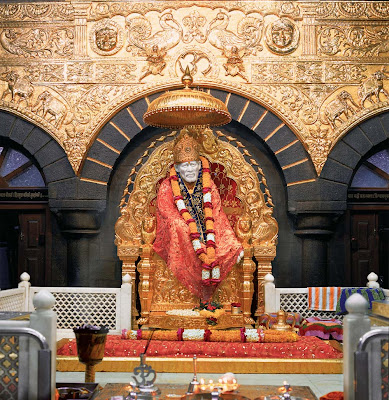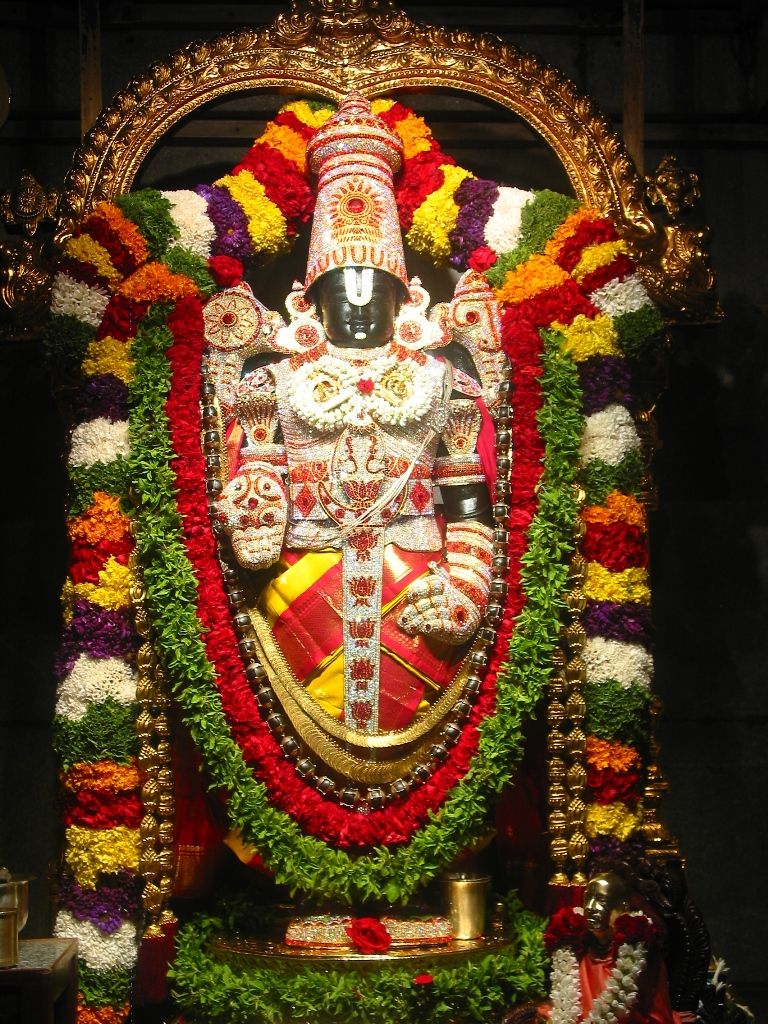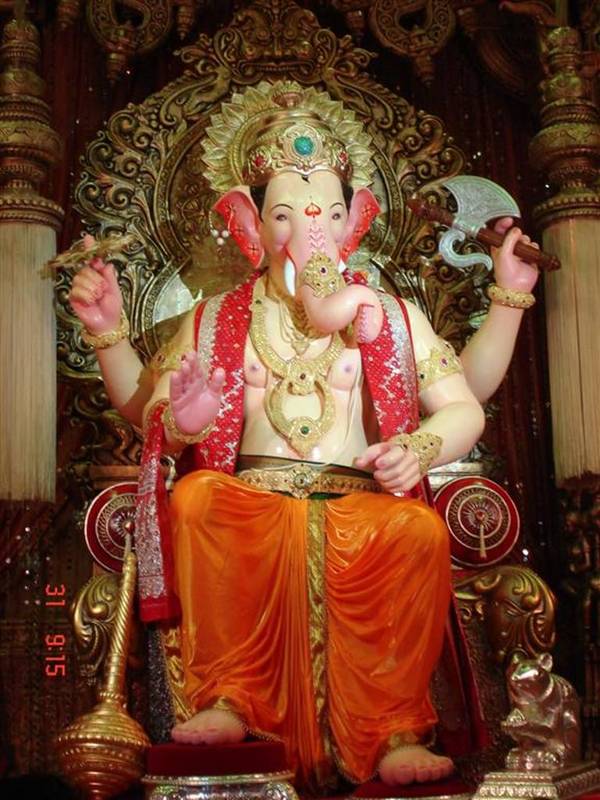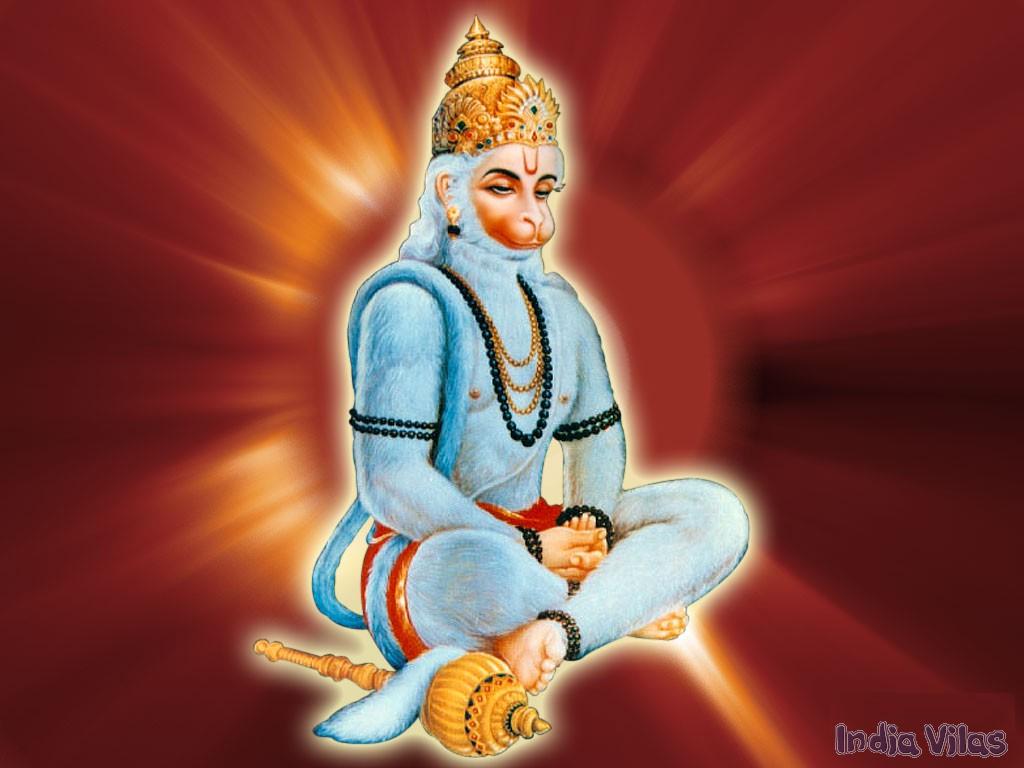
Sai baba of Shirdi

Lord Krishna & Radha

Lord Tirupati Balaji

Lord Rama with Wife Sita

Lord Shiva

Lord Ganesha

Lord Hanuman

Lord Vitthala With Wife Rukmai

Goddess Durga

Lord Jesus Christ











 There was a time when Brahma seemed to have climbed out of this downward spiral. This was the time between the 3rd century to the 10th century. He was even part of the Buddhist pantheon at the time, as great as Indra, and the god who persuaded the Enlightened One to risk teaching what the Buddha regarded as a difficult doctrine that might confuse people. There were many temples built to him and I am reasonably certain there were some lost Puranas too. But once his decline was certain there was no incentive to preserve the texts and they died out. The Brahma Purana that survives today is named after him but it does not in any sense indicate his supremacy as a god. The only halfhearted exceptions are the Padma Purana and the Markandeya Purana. It was at this time that a key template in the perception of Brahma was created. This is the standard Brahma myth after stories of creation. There is a bellicose demon who performs great austerities and gains many boons from Brahma. Puffed up with this divine strength he assaults all creation and ascends to a temporary position of supreme dominance. The gods are cast out of heaven and hell is let loose on earth. At this stage one of the other gods - Shiva, Vishnu, the Great Goddess or any of their many variants take a hand and after some gory adventuring they destroy the demon. So typical had this become that Ravana, Hinduism's Uber-villain, is actually the grandson of Brahma and always in good standing with him.
There was a time when Brahma seemed to have climbed out of this downward spiral. This was the time between the 3rd century to the 10th century. He was even part of the Buddhist pantheon at the time, as great as Indra, and the god who persuaded the Enlightened One to risk teaching what the Buddha regarded as a difficult doctrine that might confuse people. There were many temples built to him and I am reasonably certain there were some lost Puranas too. But once his decline was certain there was no incentive to preserve the texts and they died out. The Brahma Purana that survives today is named after him but it does not in any sense indicate his supremacy as a god. The only halfhearted exceptions are the Padma Purana and the Markandeya Purana. It was at this time that a key template in the perception of Brahma was created. This is the standard Brahma myth after stories of creation. There is a bellicose demon who performs great austerities and gains many boons from Brahma. Puffed up with this divine strength he assaults all creation and ascends to a temporary position of supreme dominance. The gods are cast out of heaven and hell is let loose on earth. At this stage one of the other gods - Shiva, Vishnu, the Great Goddess or any of their many variants take a hand and after some gory adventuring they destroy the demon. So typical had this become that Ravana, Hinduism's Uber-villain, is actually the grandson of Brahma and always in good standing with him.The story is that Vishnu and Brahma were debating which if them was superior when Shiva manifested himself as a great pillar of fire with no end in either heaven or the nether world. Vishnu took the form of a boar and burrowed down for countless ages to seek the source of this strange fiery pillar. He failed to do so and recognized that Shiva was not only the pillar, he was superior to him. He gave up the quest therefore. Brahma however, flew up as a swan and came back many aeons later with the report that he had seen the summit. An angry Shiva curses him for claiming credit for achievements not his own. He is cursed with perpetual old age and the total desertion of all worshippers. That explains why Brahma is always depicted nowadays as a senile old man who is so decrepit you wonder if he is not going to expire instantaneously. But as our illustrations show that was not always the case with Indian art.
The furious Shiva is popularly supposed to have relented and allowed Brahma one spot on all the earth where he has a temple dedicated solely to his worship. This is the famous Pushkar temple situated in the middle of a lake and an unusually serene spot. However the common perception of there being only one temple to Brahma is untrue. There are at least four major temples to him still in use today. They are Pushkar in Ajmer, Rajasthan; Dudhai in the state of Madhya Pradesh; Khed Brahma at Idar, also in Madhya Pradesh and Kodakkal in the Malabar region of Kerala-Karnataka. Remember you heard it here first! I would not be in the least surprised if more temples came to light tucked away in remote and obscure spots. Brahma worshippers are not desirous of the limelight. In vindication of this hunch just recently, July 2004, I came to know of a fifth Brahma temple in the state of Andhra Pradesh. This temple is part of a group of predominantly Shiva shrines at Kaleshwaram, 130 kilometers from Karimnagar, and is in the middle of nowhere in particular, so that explains its anonymity. I am certain more temples exist to Brahma and will be discovered in due time.
Brahma is depicted as a four or five-faced man with four hands. He is the epitome of Vedic learning and hence has the Vedas in one hand, prayer beads in another, the sacred water pot in the third hand and a ladle for the Vedic fire sacrifice in the fourth hand. In some versions he is depicted with a bow. This would be consistent with mythology as the supreme weapon is a missile called the Brahmastra, and it is a much sought after boon of Brahma. His vehicle is the swan, like that of Saraswati, and his complexion is supposed to be red. The Male Trinity too are a Red, Black and White (primary colors of spirituality) trio like the goddesses are. A day of Brahma is a span of creation and lasts for 2,160,000,000 human years! Creation is in abeyance during the night of Brahma, which lasts for the same length of time and then the Cycle is repeated. Brahma lives for a hundred years thus, and then he too dies and all creation is finally dissolved. Only Shiva, Vishnu or the Goddess, depending upon your cult affiliation are eternal and bring about the next Cycle of Creation. His various epithets represent his ancient creative role. Amongst them are Sanat, the Ancient One, Adi-kavi, the first poet and Srashtri, the creator.


 This Vedic manifestation of Shiva was thought to be the earliest known(1500 B.C.) before he became the great God of later Hinduism. Then came the discovery of a few seals from the Harrapan civilization (2750 B.C.) and the picture changed completely. The seals show a figure who is so manifestly Shiva that it had to be acknowledged as such, even though it smashed the nice theory that was emerging of invading Aryans destroying the cities of the Indus valley. It is known as the proto-Shiva seal. However, for those who can read the signs and can decode the evidence, this figure is far more important.
This Vedic manifestation of Shiva was thought to be the earliest known(1500 B.C.) before he became the great God of later Hinduism. Then came the discovery of a few seals from the Harrapan civilization (2750 B.C.) and the picture changed completely. The seals show a figure who is so manifestly Shiva that it had to be acknowledged as such, even though it smashed the nice theory that was emerging of invading Aryans destroying the cities of the Indus valley. It is known as the proto-Shiva seal. However, for those who can read the signs and can decode the evidence, this figure is far more important. Inevitably, Shiva the Conqueror of Lust and Desire is also known as the erotic ascetic! The Tantrik tradition uses the Shiva Energy very heavily and many of the texts of Tantra are lectures that Shiva gives to his spouse who may be Kali or Parvati, but actually is a representative of all the Divine Feminine energy in the world. | ||
| ||